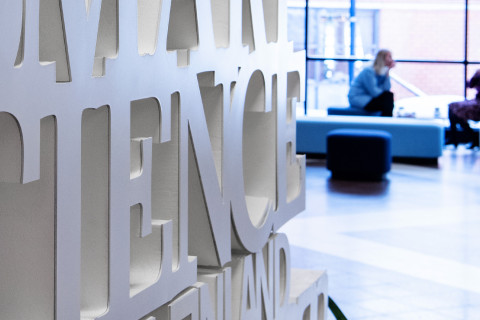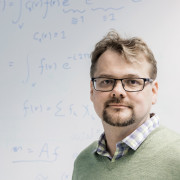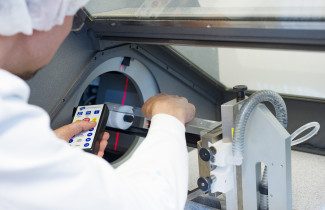The US National Institutes of Health (NIH) has awarded funding for the development of a novel functional magnetic resonance imaging (fMRI) method at the University of Eastern Finland. The new method will allow functional imaging of the brain and the spinal cord simultaneously, utilising a zero echo time (ZTE) fMRI approach, which has also been developed in an NIH funded project by Professor Olli Gröhn’s group at the University of Eastern Finland.
“Traditional fMRI cannot assess the function of the brain and the distal part of the spinal cord simultaneously. ZTE-fMRI tolerates imperfect scanning conditions much better than conventional fMRI and, for the first time, allows simultaneous fMRI of far-apart targets,” Professor Gröhn says.
The new approach can in the future be used, for example, to evaluate spinal cord injury, neurodegenerative diseases and pain.
The new method is being developed by Gröhn’s research group in the Biomedical Imaging Unit of A.I. Virtanen Institute for Molecular Sciences at the University of Eastern Finland in collaboration with the research groups of Professor Silvia Mangia and Professor Shalom Michaeli in the Center for Magnetic Resonance Research (CMRR) at the University of Minnesota. CMRR is one of the leading centres in biomedical MRI, and it has been the main collaborator of Professor Gröhn’s research group for over 20 years. Professor Heikki Tanila’s research group at A. I. Virtanen Institute provides expertise in electrophysiological recordings of spinal cord activity.
The NIH is one of the most prestigious and competitive funding sources for biomedical research, and the current grant is already the third related to the development and application of novel ZTE-fMRI in Kuopio. The NIH awarded total of 1.94 million dollars to the 4-year project, of which the University of Eastern Finland’s share amounts to 664,000 dollars.
This research group is a member of the multidisciplinary Neuroscience Research Community (NEURO RC) at the University of Eastern Finland. NEURO RC aims to understand the disease-specific and common molecular mechanisms underlying neurodegenerative diseases and epilepsy and to identify novel biomarkers and therapeutic approaches for their prevention and cure. Comprising 17 research groups, NEURO RC integrates biological neurosciences with data sciences, neuro-innovations, and neuro-ethics. Learn more and connect with NEURO RC:
Website
Twitter




